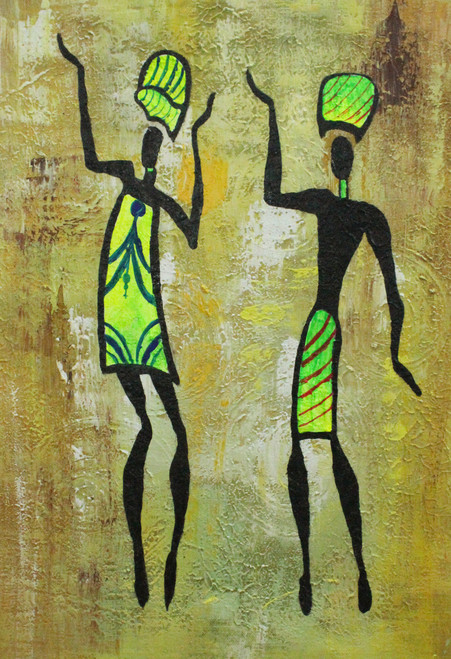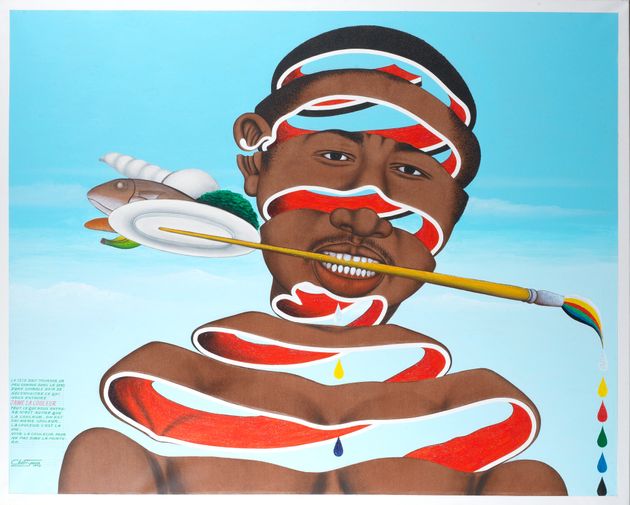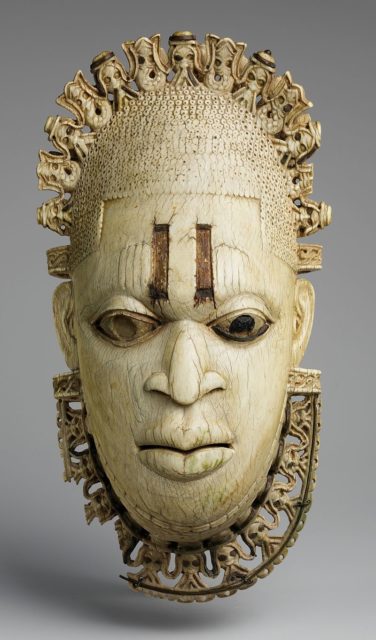History and Scope

The origins of African Art span to a time before recorded history. African rock art, found in the sands of the Sahara preserves 6000-year-old carvings. Ancient Egyptian painting, western cultural arts and indigenous southern crafts considerably contributed to African Artwork and creative representation. These artworks commonly depict an abundance of the encompassing nature and are often abstract representations plant life, animals or natural shapes and designs. Until recently, the study of African art focused primarily on the traditional art of certain recognized groups on the continent. Directing a particular significance to study masks, sculpture and mostly work of the 19th and 20th centuries. However, there has been a growing movement among art historians and scholars to consider a larger scale of artwork when defining “African Art.” Thus, the arts of the people from rural regions and even people African diaspora, in Brazil, the Caribbean and the southeastern United States, have also begun to be comprised in the study of African art.
https://en.wikipedia.org/wiki/African_art
5 Elements of African Art
There are five elements of art that are identified to describe the aesthetics of most African art pieces. Yet, African art is ceaselessly intricate, with both complex and simplistic features that define each individual piece. I will further analyze in retrospect, the common thematic components that correlate with these elements. Though African artwork is a vast realm of patterns and unique representation, people need a way to define and categorize art and so, analysts have simplified five elements of African art to the following:
- Conveying ideas with a resemblance to a human figure: The emphasis on the human figure, a significant thematic element, is a central subject in most African Art and has even influenced certain European traditions. For example, in the Ivory Coast of West Africa in the fifteenth century, Portugal formed trade routes and communication with the culture of the Sapi. This ethnic tribe then created intricate ivory saltcellars that depicted hybrids of both African and European designs, with a notable addition of a human figure. The human figure may be a representation of the living or the dead, it may equally reference dancers, drummers, chiefs or hunters. Or perhaps, it may symbolize an anthropomorphic representation of a god or a momentous creature as another recurring theme is the inter-morphosis of human and animal.

- Shiny and unflawed skin, signifying luminosity: This feature follows the thematic element of Visual Abstraction. African artwork seems to frequently gravitate in favour of visual abstraction over natural representation. This may because African artworks tend to generalize many stylistic conventions.
- Youthfulness representing vitality and fertility
- A person in control signified through a reserved demeanour: Elements both three and four are both associated with the thematic component of Artistic creativity or Expressive individualism. Within Western art, in particular, there is a collective prominence on expressive individualism while simultaneously being influenced by the work of predecessors. Both these two elements are used in expressing individuality in the context of the artist’s intent and the significance of the artwork itself.
- Equilibrium and proportion through material choices: This element is a thematic constituent in itself. The use of colour or light in artwork as well as material and extrinsic and intrinsic significance all bring an individual value to the artwork.

https://en.wikipedia.org/wiki/African_art
https://www.all-about-african-art.com/5-elements-of-african-art.html
The Benin ivory mask, constructed into a representation of a traditional African mask is a portrait of the Queen Mother Idia of the Benin Empire from the 16th century. The small-scale mask was worn as a pendant around the neck of the Queen’s son Oba Esigie. Oba, signifying King. Today, there are two, nearly identical pendant masks remaining. One of them is located in the British Museum in London, and the other resides at the Metropolitan Museum of Art in New York. These masks are representations of the Queen and symbolize the legacy of the Benin dynasty that continues to the present day. Wealth soon followed behind the tracks, the contact, the Portuguese explorers first made with the Benin Empire. The diplomacy and trading with the European continent rapidly brought wealth and prosperity to the Esigie and the Bini people, rendering them notably powerful. During Oba Esigie’s reign, his mother was awarded the title of Iyoba, which signifies “queen mother”, also commencing the tradition of women advisors. Hence, The mask of Queen Mother Idia became a cultural emblem of modern Nigeria in 1977.

The details of the mask coincide with the carving features of the early period of Benin art. A large portion of the Ivory works made by the empire was granted to the king, who utilized them in rituals and ceremonies. Such as the Ugie Iyoba and the Emobo purification ceremony. During the Emobo ceremony, these kinds of pendants were thought to be able to chase evil spirits, but as history grows with new perspectives, several of these traditions have equally developed in the modern-day. With this mask, art is a clear representation of the culture of the epoch with it being contrived to be used for evident traditional intentions. Today, it holds significance to history and the traditions that it is connected with. The ivory design is a common form of African Artwork that has been passed for generations. The culture surrounding the artists who fashioned the artwork likey played an essential role in the interpretation of the piece itself. In the instance of the mask, a culture primarily influenced the artwork, however, the relationship between art and culture is often simultaneously concise and contradictory to the context of the viewer.
Sources:
–https://en.wikipedia.org/wiki/African_art
–https://www.all-about-african-art.com/5-elements-of-african-art.html


